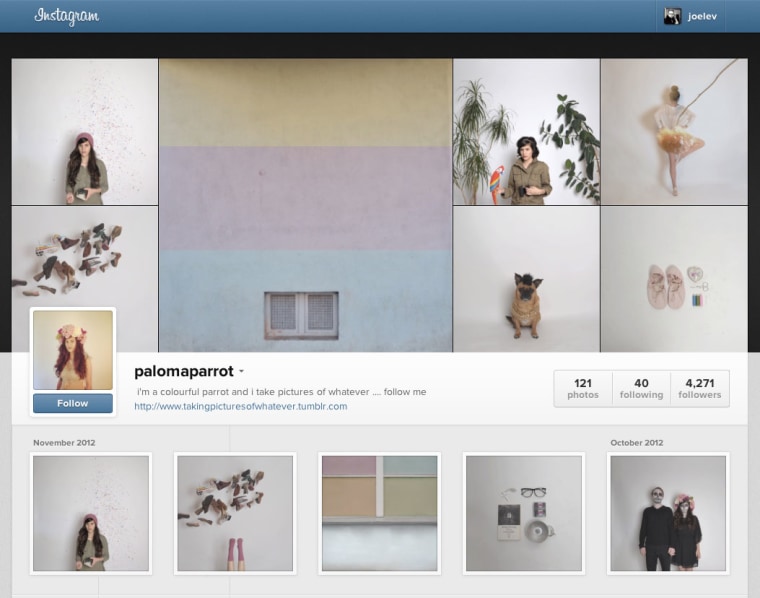For many, the first great social network wasn't Friendster or Myspace: it was Flickr. And now that the wrappings off of Instagram's new web profiles, what's old in photo sharing is starting to look awfully new. (Or maybe it's just using a new filter.)
While Instagram was neither the first photo sharing application on the iPhone, nor the first to pioneer using "filters" to simulate the aging effects of old film (RIP, Hipstamatic), the app gained traction at first because of the sense of intimacy it engendered for users. After a decade of sharing our photos online — including on Facebook, which was firmly on its way to becoming one of the largest photo sharing platforms in the world — having a place to share more private snapshots of our nights on the town or quiet meals with family felt refreshingly intimate. And because the photos were available only to friends (or at least subscribers), there wasn't nearly as much risk in sharing a throwaway snapshot that might look gauche on a public timeline.
That intimacy didn't last long. With millions of users swarming to the platform, especially after the Facebook acquisition and the addition of a version for Android devices, Instagram soon had another dimension, one of competition, where the most popular photos could be voted up by tens of thousands of users. It was rather a lot like Flickr of old, where a nice photo could find itself on the front page of the photo hosting service and receive hundreds of comments praising its subject or composition.
Instagram grew and changed. With the addition of web profiles — destination pages that show all of a user's photos online in a catalog, instead of just single images — the era of Instagram's intimacy is more or less over.
And that's no great loss. With 100 million users on Instagram, the company has an opportunity to grow into a specialized, photography-centric adjunct to the greater Facebook experience, filling a whole left more-or-less vacant by Flickr, Picasa, and other web-based photography services that have yet to provide an end-all, be-all service for casual and professional photographers alike. With Facebook serving as the de facto personal home page for many web users, Instagram could be the sister destination for more visually minded people: sending someone your Facebook profile invites them to share in a mish-mash of photos, stories, errant thoughts; sending an Instagram profile might feel slightly less of an invitation to be a friend. (And while I can't imagine paying money to use Facebook, I'd consider paying a monthly or yearly fee to Instagram if I could upload all my photographs a la Flickr.)
Web profiles will certainly change the tenor of how you will — or should — use Instagram. When Instagram completes its roll out of web profiles to all users, and you have "public profile" on, anyone will be able to look through your the photos you've shared. That might discourage more candid photos, but other social networks like Path or Pair can take up the slack. As Instagram's co-founder Kevin Systrom recently commented, Hurricane Sandy saw over 800,000 images uploaded to Instagram — and those are just the ones that were tagged "#sandy".
Instagram doesn't want to be your private photo sharing platform anymore. It wants to be the public photo sharing platform for the whole world.
